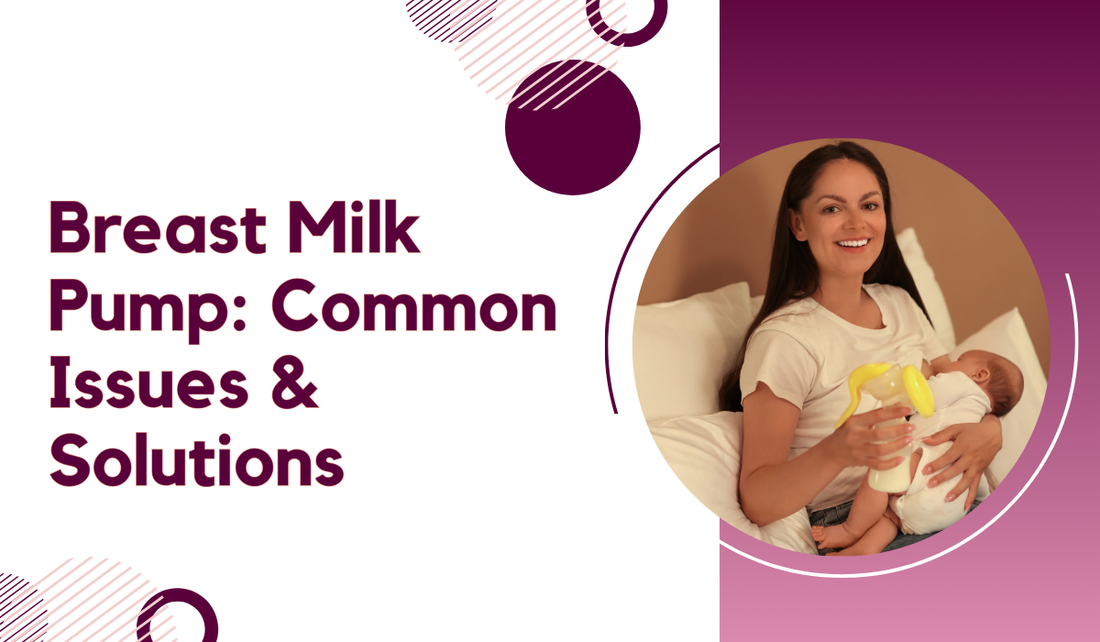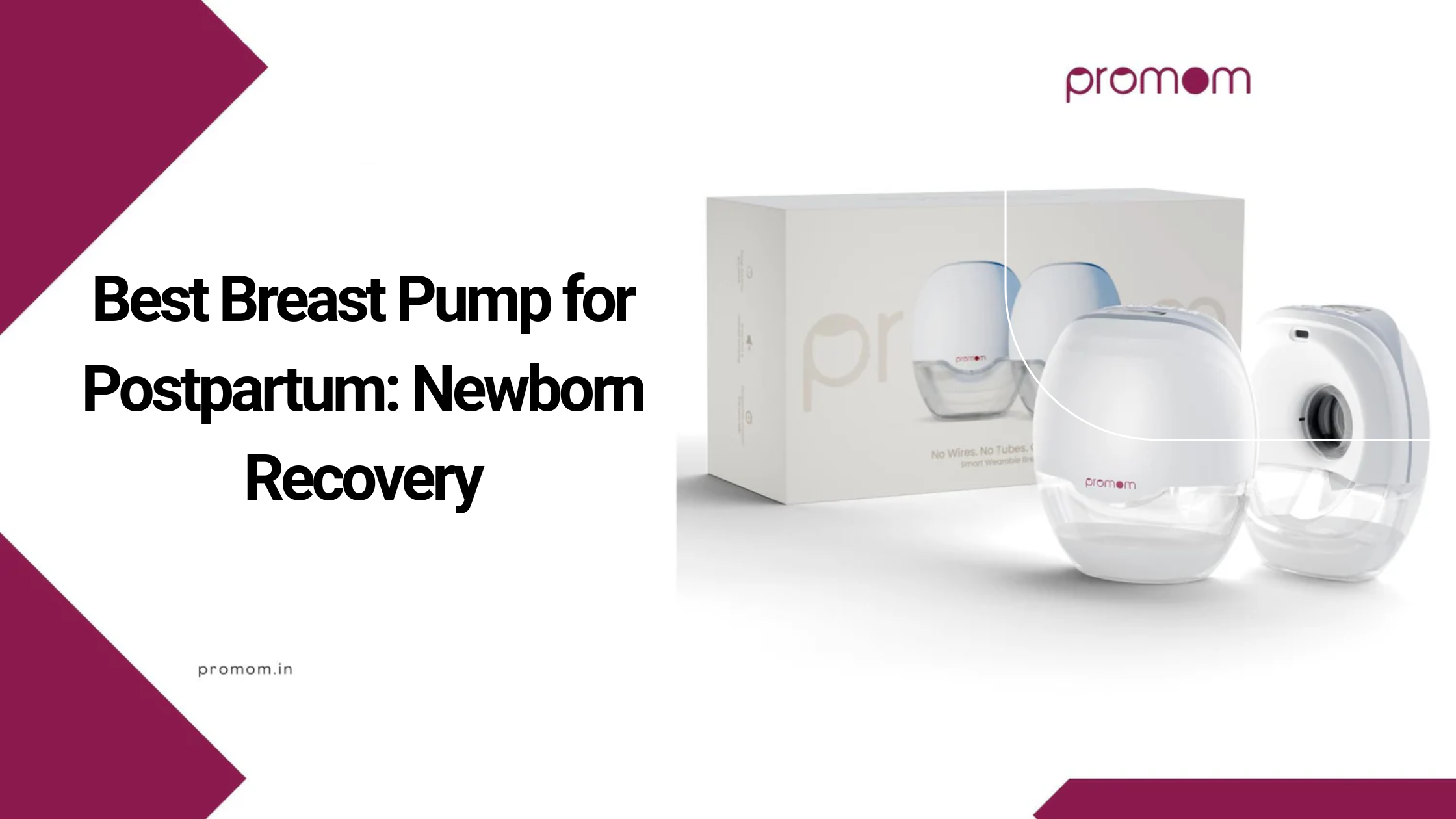
Breast Milk Pump: Common Issues & Solutions
Breastfeeding is one of the greatest natural blessings to the newborn baby but often due to some problems or preferences, it may not be possible for a mother to exclusively breastfeed the child. This is where breast milk pumps come into play - they enable mothers to bottle-feed their babies with breast milk. Like any other equipment, a breast milk pump may rarely have its hurdles. Promom has listed some of them below with solutions.
Poor Milk Supply
Of all the concerns expressed by the users of a breast milk pump, one of the most common complaints is a low supply of milk.
Possible Causes:
- Incorrect flange size: Selecting the wrong side of the flange greatly affects how simulating the pump is to encourage milk flow.
- Pump suction settings: If the suction is very low, then it can reduce milk production.
- Stress or exhaustion: Stress or fatigue of the mom can prevent the milk letdown reflex and may also interfere with supply.
Solutions:
- Ensure proper flange size: Subsequently, the flange should encircle your nipple with a good slip so the nipple does not become pinched or irritated. It is important to know that many pumps have varying flange sizes, try and fit the best size.
- Optimize suction levels: First, begin with low pressure, slowly increasing up to the required pressure with which the treatment will still be comfortable. If you are not sure, check the manual of the pump or talk with a lactation specialist.
- Relaxation techniques: In order to promote letdown take a few breaths, listen to music, or gently massage your breast prior to pumping. It may be comforting for some mothers to look at pictures of their baby to encourage a letdown reflex.
Sore Nipples and Discomfort
Possible Causes:
- Improper flange fit: Like the milk supply problem, a wrong-size flange is also painful.
- High suction settings: When you set the pump suction too high, your nipples become sore and may even damage the breast tissue.
- Prolonged pumping sessions: Long pumping also overworks the nipples and causes them to become sore.
Solutions:
- Check flange fit: It should fit as a flange and should not rub or pinch the skin. That means a flange that properly fits will ensure that there is no trauma inflicted on the nipple.
- Lower the suction setting: In cases where the massage suction is too strong, one should lower the suction level. It is always better to pump for longer durations at a low suction rather than inflicting pain on your breast while taking longer suction.
- Use nipple creams: Put on nourishing creams recommended for breastfeeding after every pumping session to help soothe the nipple area.
Leaking or Backflow Issues
Possible Causes:
- Improper assembly: Pump kits include various parts, and slight confusion when connecting them might lead to leakage or backflow.
- Overfilled bottles: If a lot of milk is pumped in one session, there will be so much that it spills over and leaks.
- Incorrect positioning: If the position of the pump is not well placed, milk can be pumped out or flow back to the tubing.
Solutions:
- Double-check assembly: Check that all components of the pump are in order properly aligned and tightly fastened. You might be skipping a step - to avoid this refer to the instructions provided by the pump.
- Use properly sized bottles: To prevent overflow, recommend better bottles or feed milk in small portions not to pressure the pump during usage.
- Proper positioning: Make sure the breast shield sits well against your breast, and your posture is right. Avoid any uncomfortable position that may render you leaky.
Battery and Power Issues
Possible Causes:
- Dead battery: If the parts of the breast milk pump use a battery-powered pump with a dead battery, it can happen that at some point you do not express the breast while it is required.
- Power cord failure: The power cord may degrade with use, or develop faults that will make it impossible to operate the pump.
Solutions:
- Keep spares: Always, always make sure to pack spare batteries or an extra power source if you’re taking your device with you in your car or to work. Some pumps are available with rechargeable batteries to recharge in advance and to use when needed.
- Replace faulty cords: If you see your power cord is worn out, you should replace it before your pump becomes non-operational.
Conclusion
A breast milk pump is an essential tool for mom who want to feed their babies with breast milk only, but they can have a few issues sometimes. By finding out what problems are shared and what solutions can be applied, moms can make the process of pumping more comfortable, effective, and worry-free. Just remember that there might be more help on the way, it’s still best to consult a lactation expert or your healthcare provider. To get yours today, visit Promom.in!


